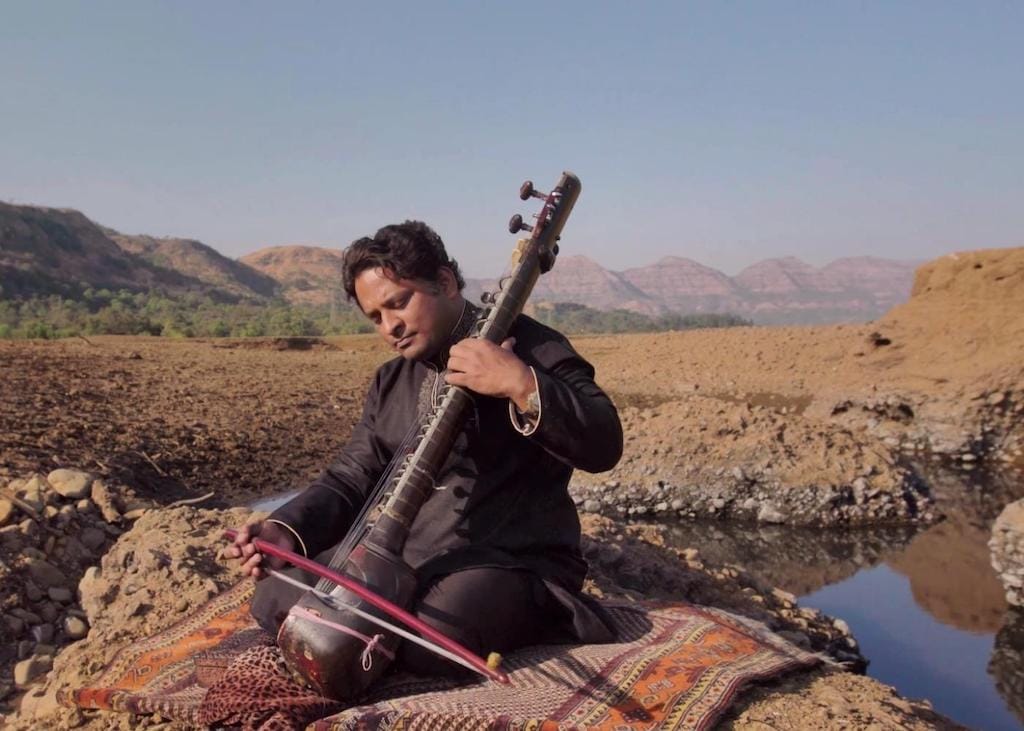Understanding the Esraj: A Brief Exploration

The esraj, also spelled as esraaj, is a captivating stringed instrument steeped in the cultural heritage of the Indian subcontinent. Originating approximately 300 years ago, it finds its roots primarily in North India and Pakistan, particularly in Punjab, where it is integral to Sikh music and Hindustani classical compositions, as well as in West Bengal. Despite its relative modernity compared to other classical instruments, the esraj boasts a rich history and a unique evolution, closely intertwined with the cultural and musical traditions of the region.
Historical Evolution
The esraj traces its lineage back to the dilruba, a predecessor crafted by the 10th Sikh guru, Guru Gobind Singh, based on the older and heavier Taus. This transformation was driven by practical considerations, making it more portable for the Sikh army, known as the Khalsa. Over time, the dilruba evolved into the esraj, adapting its structure while retaining its essence as a symbol of musical expression and cultural identity.
Revival and Renewal
Despite facing a decline in popularity, particularly during the latter half of the 20th century, the esraj experienced a revival fueled by movements such as “Gurmat Sangeet,” aimed at preserving traditional Sikh music. Similarly, in West Bengal, the renowned poet Rabindranath Tagore played a pivotal role in popularizing the instrument, making it mandatory for students of music at Visva-Bharati University. This revival not only breathed new life into the esraj but also ensured its continued relevance in the realm of classical music.
Construction and Variants
The esraj and its predecessor, the dilruba, share similar construction styles, featuring a medium-sized sitar-like neck with metal frets and sympathetic strings. However, the esraj distinguishes itself with a narrower body and fewer sympathetic strings compared to the dilruba. Notably, there exist two variants of the esraj played in Shantiniketan: the traditional variety and the modern model developed by Ranadhir Roy. The modern model, characterized by its longer body and wider fingerboard, represents a fusion of tradition and innovation, reflecting the evolving nature of classical music.
Playing Techniques
Playing the esraj requires finesse and skill, with musicians employing a bow, known as a “gaz,” to draw out its resonant tones. The instrument can be rested between the knees or on the player’s knee while sitting, facilitating fluid movement along the strings over the frets. Techniques such as portamento, meend (sliding notes), and gamak (mimicking vocal ornamentation) add depth and expression to the music, showcasing the versatility of the esraj in capturing the nuances of Indian classical compositions.
Conclusion
The esraj stands as a testament to the enduring legacy of Indian classical music, embodying centuries of tradition, innovation, and cultural significance. Its journey from obscurity to revival reflects the resilience of musical heritage in the face of changing times. As contemporary musicians continue to explore its melodic possibilities, the esraj remains a symbol of artistic expression and cultural identity, enriching the musical landscape of the Indian subcontinent and beyond.





